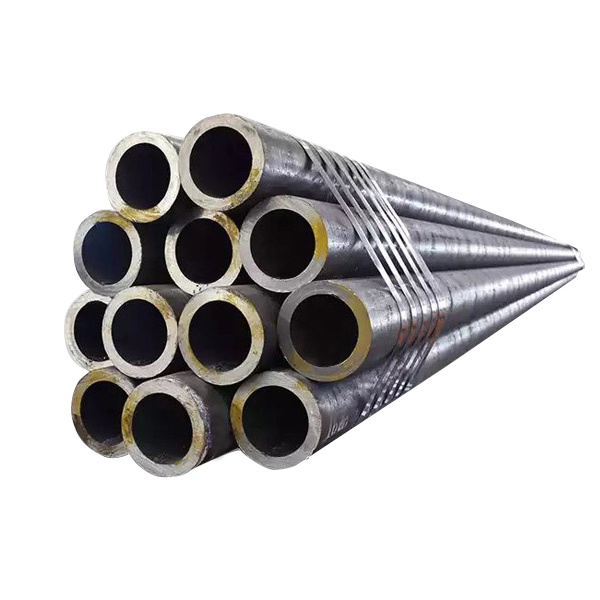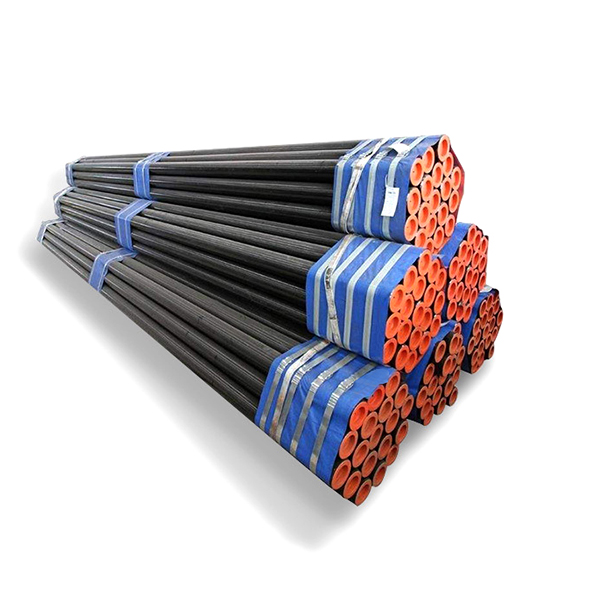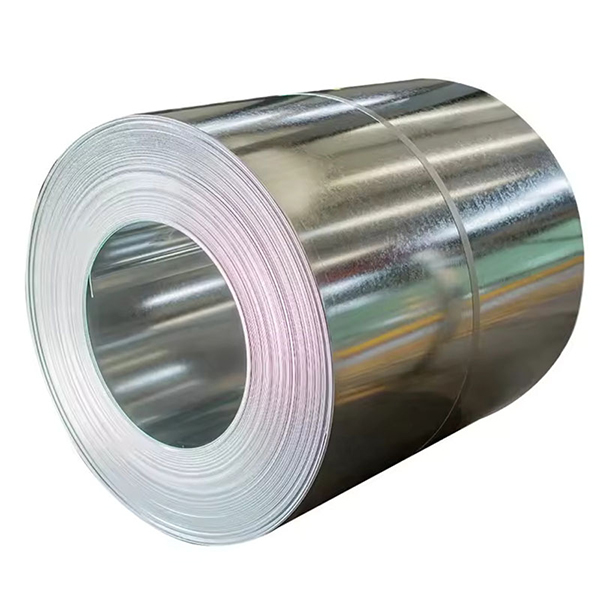The difference between hot-dip galvanizing and cold galvanizing
1.Concept analysis
Hot-dip galvanizing: Also known as hot-dip zinc plating or hot-dip galvanizing: It is an effective method for metal anti-corrosion. It involves melting zinc ingots at high temperatures, adding some auxiliary materials, and then immersing metal structural components in the galvanizing bath to form a zinc layer on the metal components, thereby achieving the purpose of anti-corrosion. The advantage of hot-dip galvanizing lies in its strong anti-corrosion ability. The adhesion and hardness of the galvanized layer are relatively good, thus achieving the purpose of anti-corrosion.
Cold galvanizing: Also known as electro-galvanizing, it involves a small amount of zinc coating, only 10-50g/m2. It is a process that uses electrolysis to attach a layer of metal film to the surface of metal or other material parts. The process of forming a uniform, dense and well-bonded metal layer can play a role in preventing corrosion, improving wear resistance, electrical conductivity, reflectivity and enhancing aesthetics.
2. Differences in reaction methods
Hot-dip galvanizing is a chemical treatment and belongs to an electrochemical reaction. Hot-dip galvanized pipes are made by allowing molten metal to react with the iron substrate to form an alloy layer, thereby combining the substrate and the coating.
Cold galvanizing is a physical treatment, merely brushing a layer of zinc on the surface, so the zinc layer is prone to peeling off. Hot-dip galvanizing is widely used in construction.
3. Process differences
Hot-dip galvanizing involves removing oil from the workpiece, pickling it, immersing it in a chemical solution, drying it, and then immersing it in molten zinc for a certain period of time before taking it out.
Cold galvanizing is a process that uses electrolytic equipment to remove oil and acid wash the workpiece, then immerse it in a solution composed of zinc salts and connect it to the negative electrode of the electrolytic equipment. Place a zinc plate opposite the workpiece and connect it to the positive terminal of the electrolytic equipment. When the power is turned on, the current will move directionally from the positive terminal to the negative terminal, and a layer of zinc will be deposited on the workpiece.
4. Differences in galvanized finished products
The difference between galvanized products: The surface of hot-dip galvanized products is not as fine and bright as that of cold galvanized products, and the coating is uniform. However, in terms of zinc coating thickness, hot-dip galvanizing is dozens of times that of cold galvanizing. The anti-corrosion performance is also dozens of times that of electro-galvanizing.
Hot-dip galvanizing, also known as hot-dip zinc plating, is a method in which steel workpieces, after being degreased and rust-removed to present a clean and moist surface, are immediately immersed in a pre-heated and melted zinc plating bath to form a zinc coating on the surface of the workpiece.
Cold galvanizing involves hanging workpieces that have also undergone degreasing and rust removal, presenting a clean and moist state, onto the cathode in a dedicated electroplating tank, with zinc used as the anode. The method of connecting a direct current power supply, where zinc ions on the anode migrate towards the cathode and discharge there, thereby plating a layer of zinc on the workpiece. The coating of hot-dip galvanizing is relatively thick, generally ranging from 30 to 60 microns, and has a high anti-corrosion ability.
Electro-galvanizing results in a smooth and flat surface of the workpiece. However, due to the relatively thin coating, typically within 5 to 30 microns, the anti-corrosion period is relatively short. It is all used for rust prevention of indoor components, such as the bottom and panel of machine shells, small-sized fasteners, etc.
In a suburban environment, the standard hot-dip galvanized anti-rust thickness can last for more than 50 years without the need for repair. In urban areas or coastal regions, the standard hot-dip galvanized anti-rust coating can last for 20 years without the need for repair.
5. Differences in usage
Hot-dip galvanizing: Suitable for long-term rust prevention of steel parts used outdoors, such as highway fences, power towers, large-sized fasteners and other relatively "rough" workpieces. The earlier iron water pipes were also hot-dip galvanized.
Electro-galvanizing: It is all used for rust prevention of indoor components, such as the bottom and panels of machine casings, small-sized fasteners, etc.
6. Price difference
The galvanizing process is faster than other coating construction methods and can avoid the time required for on-site painting after installation.
Low processing cost: The cost of hot-dip galvanizing for rust prevention is lower than that of other paint coatings.
Under normal circumstances, the cost of hot-dip galvanizing is lower than that of applying other protective coatings. The reason is simple: other protective coatings such as sandblasting and painting are labor-intensive processes, while the process of hot-dip galvanizing is highly mechanized and closely controlled in-plant construction.
Cold galvanizing can be done on only one side, while hot-dip galvanizing requires full galvanizing. Moreover, the galvanized layer of hot-dip galvanizing is generally thicker than that of cold galvanizing, so the price of hot-dip galvanizing is higher than that of cold galvanizing.
7. Environmental protection issues
Hot-dip galvanized square and rectangular tubes emit less pollutants, mainly the waste acid from pickling the workpieces.
The pollutants in cold galvanizing mainly include waste acid from pickling workpieces, electroplating waste liquid, and waste passivation liquid, etc. The types and quantities of emissions are much greater than those of hot-dip galvanizing.





